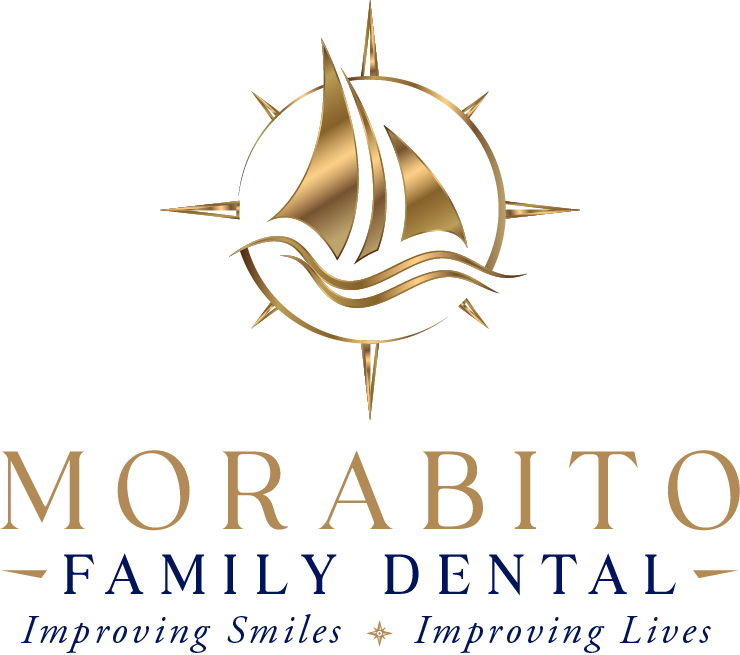Cavities, or tooth decay, is a fairly common dental ailment, particularly in children or young adults. Even though most of our patients are familiar with what cavities are, we find that many are still surprised when we tell them they have a cavity! That’s because many cavities, especially early on, do not cause tooth pain & may not be visible to the untrained eye. So we’ve provided the following basic information about the signs of cavities so that you’ll be better informed in the hopefully unlikely event that we tell you you’ve got a cavity.
White Spots
White spots may appear on your teeth as a sign of early decay. These white spots are a sign of where minerals have been lost from the surface of your teeth. Luckily, when these white spots appear, it’s not too late. At this point, the development of a cavity can be stopped or reversed. Your tooth enamel can repair the damage naturally using minerals such a fluoride, found in saliva, fluoride toothpaste, & other sources such as fluoridated drinking water. These things can also help prevent decay in the first place by making your teeth stronger.
Brown Spots
Light or dark brown spots on your teeth are a sign of a more progressed cavity. These spots are where your tooth’s structure has started to soften & dissolve. You are most likely to see these spots on front teeth or the tops of molars. However, they can also exist between your teeth without being visible. That’s why it’s important to visit the dentist for cleanings & checkups. The dentist has techniques & technology for detecting cavities that are not easily visible otherwise.
Tooth Pain or Sensitivity
First of all, we should note that many cavities do not cause a toothache! You can have no pain or sensitivity at all & still have a cavity that is getting bad. However, if you do experience pain or sensitivity to hot, cold or sweet foods, this is a big sign that you may have a cavity.
Always call us right away if you have a toothache! The sooner we see you the sooner you’ll be out of pain.
Dark Spots on Your X-Rays
Typically, we take x-rays of your teeth every 12 months (roughly once a year) to get a deeper understanding of the health of your teeth. While dental x-rays have many uses for diagnosis & treatment of dental health issues, one of the primary purposes of getting x-rays regularly is to give the dentist an opportunity to check for cavities between your teeth (which dentists call inter-proximal caries) which might not be detectable otherwise. These cavities between your teeth show up as dark spots that the dentist is trained to identify.
Treatment for Cavities
Treatments for cavities vary depending on the severity & location of the cavity, & your individual dental health. Most of the time, a cavity that is caught early enough just results in a filling. In more serious cases, you may need a crown (i.e. a cap) to restore a tooth that has been extensively damaged by decay. If caught early enough, some micro-cavities can even be reversed using re-mineralization treatments to strengthen your enamel. If you suspect you may have a cavity, please contact us for an appointment right away. No matter what, we’ll keep checking your smile for cavities at your regular check-up & cleaning.





